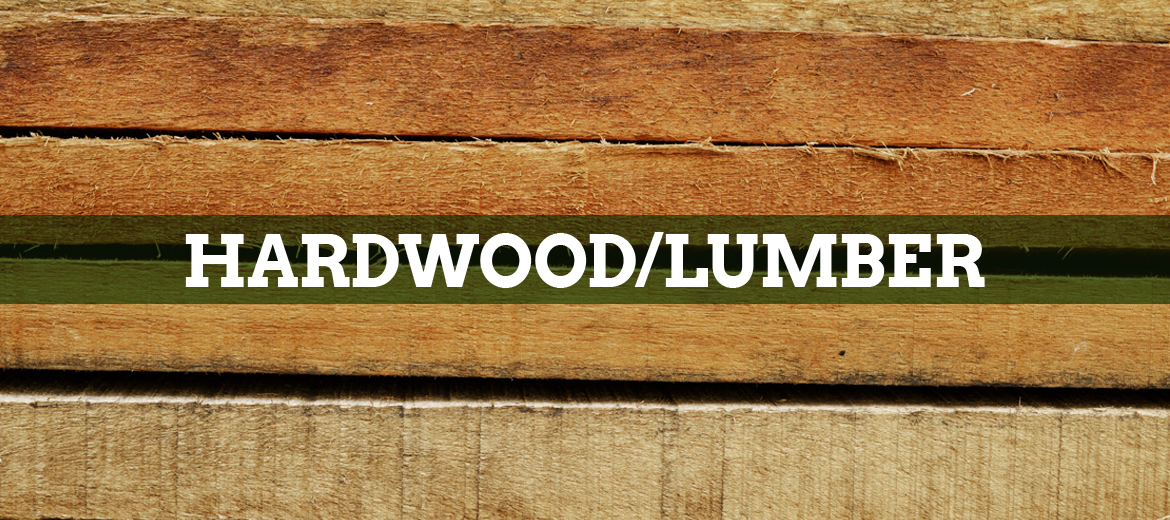
Botanical Name
Roupala Brasiliensis
Other Common Names
Leopard, Lacewood, Brazilian Lacewood
Origin
South America, Chile, Brazil
The Tree
Grows up to 150 feet with a trunk diameter of up to 4 feet.
Appearance
Leopardwood is a reddish brown species with an unusual graining pattern which consists of a multitude of "eyes". Leopardwood offers a medium degree of color range from lighter tan/browns through to darker browns. Leopardwood undergoes a slight muting of the color range found when fresh milled and will darken slightly over time to a medium orangey brown.
Properties
The grain features rays that intersect the rings of annual growth; when the logs are cut, the rays display in a mottled pattern throughout the faces of the boards. The texture is moderately coarse. The wood is lustrous.
Working Properties
It is moderately hard and works easy, taking glues, stains, and finishes well; though there may be some difficulty in planning. Leopardwood also has a moderate blunting effect on cutting edges.
Uses
Leopardwood is used primarily in accent strips and borders where the many "eyes" found in this unique species are desired for contrasting effect.
Availability
Limited availability, Considered on the expensive side of imports, available from specialty wood suppliers. Alternative to Lacewood.